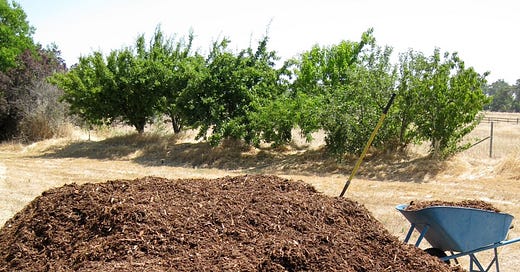Easy Care Houseplants. Can Insects and Diseases Hitchhike in on a Load of New Mulch? Plant of the Week: The Gardenia.
Keep reading with a 7-day free trial
Subscribe to Beyond The Garden Basics with Farmer Fred to keep reading this post and get 7 days of free access to the full post archives.



